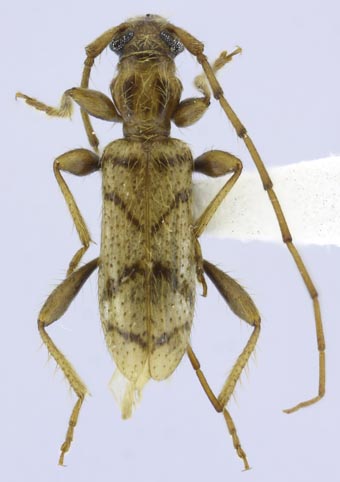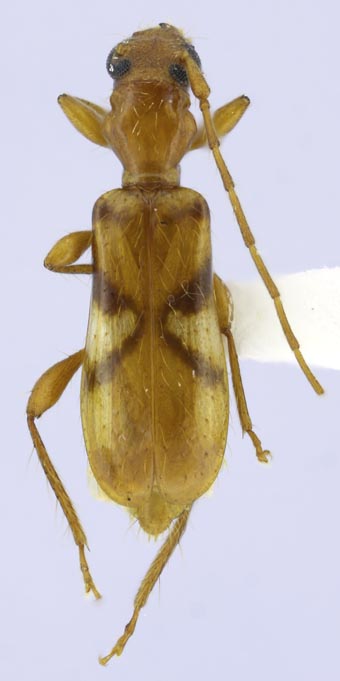|
Obriini Classification
Selected References to Larvae Specimens
|
 Obrium cicatricosum Gounelle, 1909; dorsal Cerambycidae:Cerambycinae:Obriini Photograph © A.M. Hodson  Obrium trifasciatum Bosq, 1951; dorsal Cerambycidae:Cerambycinae:Obriini Photograph © A.M. Hodson |

